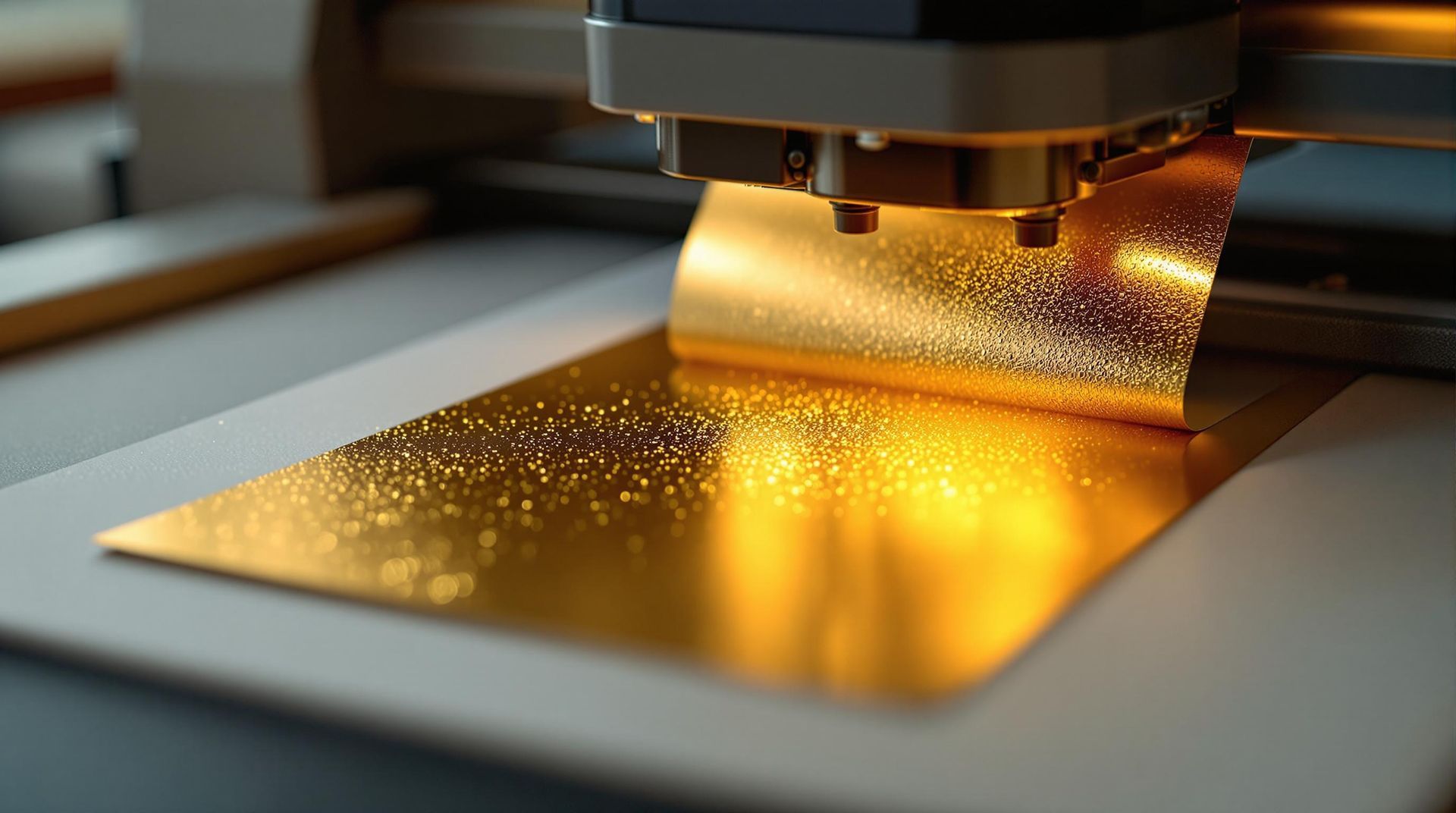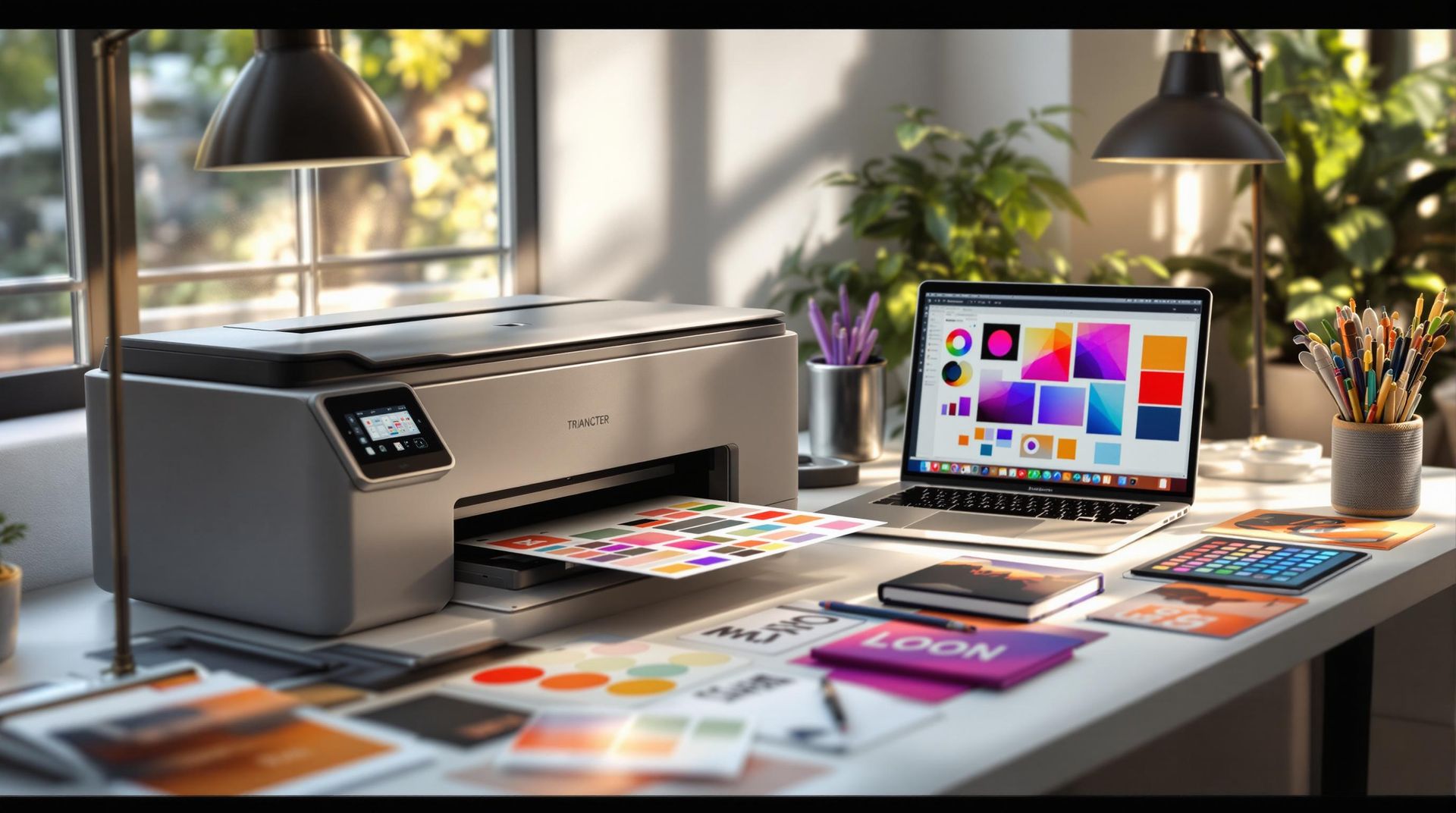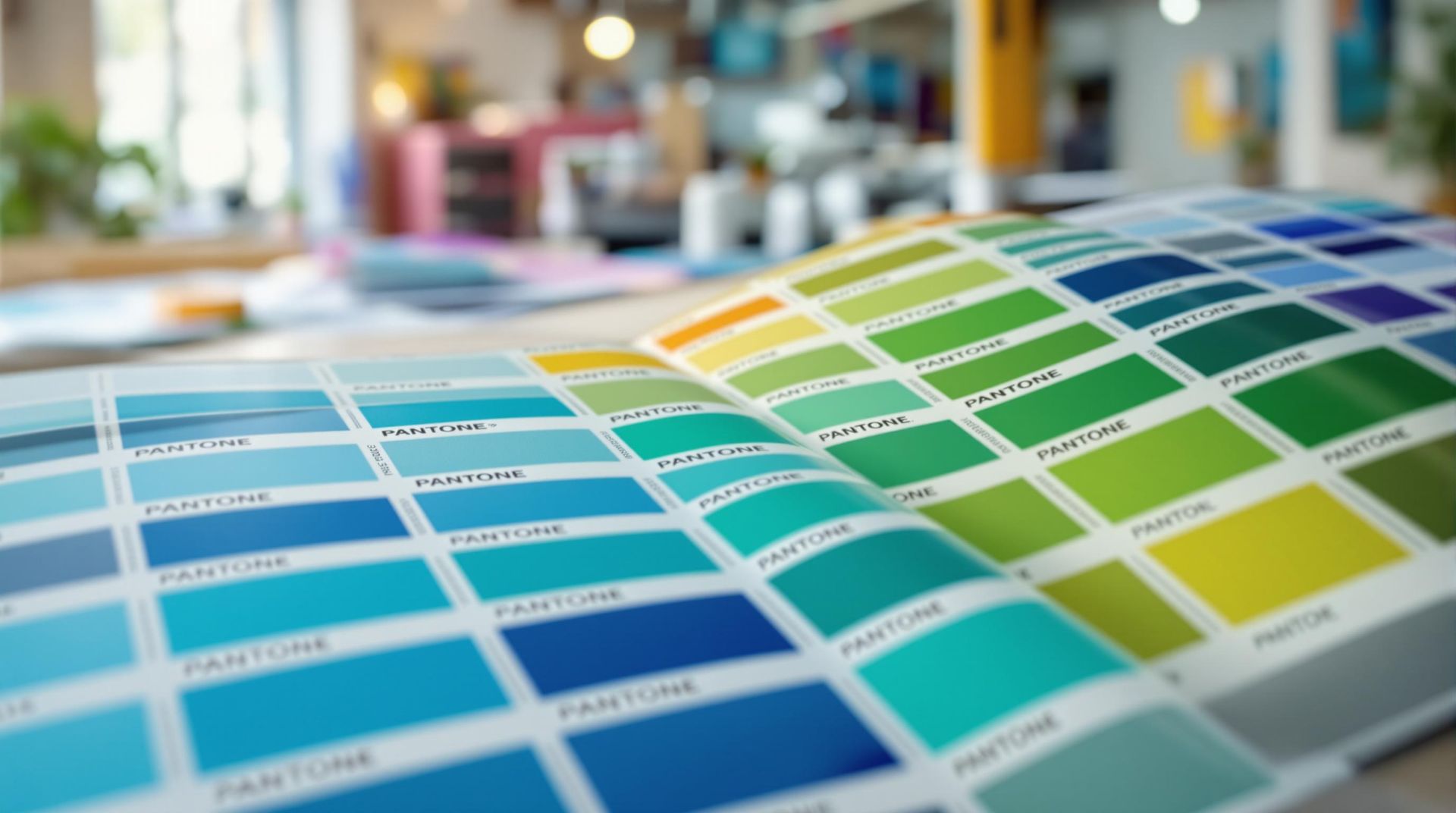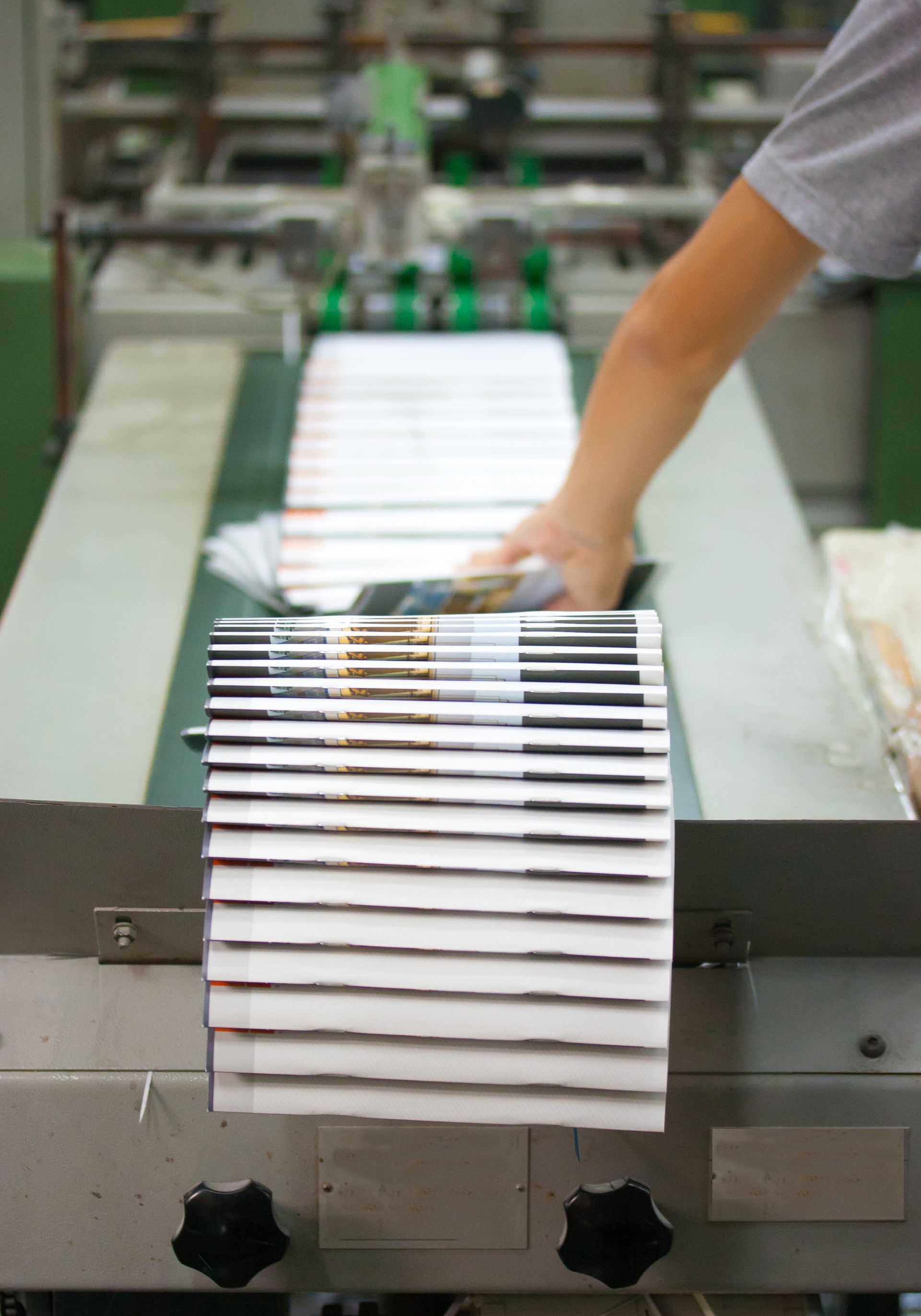Troubleshooting Surface Coating Defects in Printing
Surface coating defects like streaking, peeling, or uneven coverage can ruin print quality and delay production. To fix these issues:
- Identify the problem : Use visual tools like magnifiers or sample prints to spot defects early.
- Address common causes : Adjust ink viscosity, clean substrates, and ensure proper equipment calibration.
- Prevent future issues : Maintain stable temperature (68-72°F), humidity (45-55%), and follow ink and substrate compatibility guidelines.
Coating Cratering and Fish-Eyes Analysis
Common Surface Coating Problems and Their Causes
Surface coating defects can show up in different ways during printing. Knowing these common issues and what causes them is key to keeping print quality high and avoiding delays.
Wrinkling and Flaking Issues
Wrinkling and flaking often occur due to problems like incorrect substrate tension, too much ink, or poor drying conditions. These factors lead to uneven stress and drying patterns, which can affect the final print.
| Problem | Primary Cause | Secondary Factors |
|---|---|---|
| Wrinkling | Incorrect substrate tension | Temperature changes |
| Flaking | Too much ink | Substrate incompatibility |
| Surface distortion | Uneven pressure | Poor drying conditions |
Uneven Coating and Streaking
Uneven coating or streaking usually happens because of incorrect ink viscosity or dirty printing surfaces. If the ink is too thick, it creates resistance, causing streaks. On the other hand, thin ink can result in patchy areas. Identifying these problems quickly helps in fixing them effectively.
Peeling and Adhesion Problems
Adhesion problems like peeling or delamination often result from incompatible substrates or poor surface preparation. Low surface energy can weaken the bond between the coating and the substrate. Companies like Miro Printing & Graphics Inc. tackle this by thoroughly testing and prepping substrates before printing [2] .
To ensure consistent and high-quality prints, focus on:
- Regularly calibrating equipment
- Properly handling materials
- Using the right ink formulations
- Controlling environmental conditions
Catching these issues early makes it easier to apply the right fixes.
How to Identify Surface Coating Defects
Identifying surface coating defects early is key to solving issues in the printing process. Printers rely on specific tools and methods to catch these problems before they disrupt production.
Visual Inspection Tools
Tools like magnifiers, microscopes, and high-resolution cameras are essential for spotting defects such as streaks, adhesion problems, or uneven coatings [1] . These tools make it possible to detect tiny flaws that could otherwise go unnoticed until they escalate into bigger issues.
Evaluating the Printing Process
A detailed review of the printing process can uncover potential problem areas. Focus on these three aspects:
- Substrate preparation and cleanliness : Ensuring the surface is properly prepared.
- Ink application and viscosity : Maintaining consistent ink flow and thickness.
- Environmental factors : Monitoring temperature and humidity during production.
Keeping these elements in check helps avoid many common coating defects [2] .
Testing with Sample Prints
Running sample prints under controlled conditions can help pinpoint recurring defects. This approach allows printers to:
- Check if the substrate and ink work well together.
- Fine-tune process settings for better results.
- Record successful fixes for future reference.
For example, companies like Miro Printing & Graphics Inc. use a combination of these methods to deliver high-quality prints consistently [2] . By combining visual inspections, process evaluations, and sample testing, printers can efficiently identify and address coating defects.
After identifying the issues, the next step is to apply targeted solutions to achieve flawless results.
sbb-itb-ce53437
Practical Solutions for Surface Coating Problems
Once you’ve identified surface coating issues, the next step is fixing them to maintain high-quality prints. Here’s how you can address these problems with better substrate handling, smarter ink choices, and regular equipment upkeep.
Improving Substrate Handling
Keeping substrate tension and alignment consistent is key to avoiding coating problems. Here’s what to focus on:
- Uniform tension: Make sure the material’s tension is even across its width.
- Precise alignment: Double-check alignment before printing begins.
- Cleanliness: Remove dust, grease, or debris from substrates to avoid imperfections.
Choosing and Applying the Right Ink
Your ink choice and how it’s applied can make or break the coating quality [3] . Pay attention to these factors:
| Ink Property | Suggested Adjustment | Effect on Quality |
|---|---|---|
| Viscosity | Stick to manufacturer guidelines | Prevents streaks and uneven layers |
| Compatibility | Match ink to the substrate type | Improves adhesion and durability |
| Drying Time | Follow recommended curing times | Avoids smudging and transfer issues |
"Ensuring that the ink is compatible with the substrate can prevent peeling and adhesion problems. It is also important to follow the manufacturer’s guidelines for application and drying times to ensure proper curing" [3] .
Maintaining Printing Equipment
Consistent equipment maintenance is essential to avoid defects and reduce downtime. Companies like Miro Printing & Graphics Inc. set an example with their strict quality control processes [2] .
Focus on these areas during maintenance:
- Coating systems: Keep application systems clean and functioning.
- Transport mechanisms: Regularly inspect for wear and tear.
- Drying systems: Ensure they are calibrated for optimal performance.
A good rule of thumb: clean equipment daily, inspect weekly, and calibrate monthly. Following these steps will help you minimize defects and maintain top-notch print quality.
Examples and Best Practices for Preventing Defects
How Common Defects Were Fixed
Surface coating defects can negatively affect print quality, but specific solutions have shown to be effective. For example, Miro Printing & Graphics Inc. addressed these issues by improving substrate preparation, enhancing cleaning processes, and conducting regular viscosity checks [2] .
| Problem | Solution | Result |
|---|---|---|
| Peeling, Uneven Coating, Streaking | Better substrate cleaning, viscosity checks, and equipment adjustments | Fewer defects and more consistent prints |
While fixing defects is important, taking steps to prevent them altogether can save time and improve overall efficiency.
Tips for Preventing Defects
Here are some strategies that can help avoid surface coating defects entirely:
Quality Control Measures
Implementing strict quality control protocols can stop defects before they disrupt production:
| Control Measure | Preventive Action | Expected Outcome |
|---|---|---|
| Proactive Inspection | Regular checks with magnifying tools before production | Early detection and prevention of defects |
| Pre-production Testing | Testing substrate and ink compatibility thoroughly | Reliable and consistent print quality |
| Process Monitoring | Continuously tracking key printing parameters | Smooth and stable production runs |
Environmental Controls
Keep conditions stable: aim for 68-72°F, 45-55% humidity, and ensure proper ventilation. Maintaining these parameters is critical for achieving consistent coating quality and reducing the likelihood of defects [3]
.
Summary and Final Tips
Key Takeaways
To achieve consistent and high-quality surface coatings, focus on a few essential elements: choosing the right materials, keeping equipment in top shape, and managing environmental factors effectively. These steps will go a long way in minimizing defects.
Practical Recommendations
Now that you’re equipped to tackle coating defects, here are some practical tips to keep your print quality consistent:
- Keep a close eye on coating thickness and curing conditions to avoid issues like cracking or smudging.
- Regularly inspect and maintain equipment to catch and fix problems early.
- Ensure substrates are clean, store materials in controlled environments, and test for compatibility before starting production.
To fine-tune your process, consider using diagnostic tools and keeping detailed records of successful coating parameters. These steps will help you maintain a reliable and efficient workflow.










